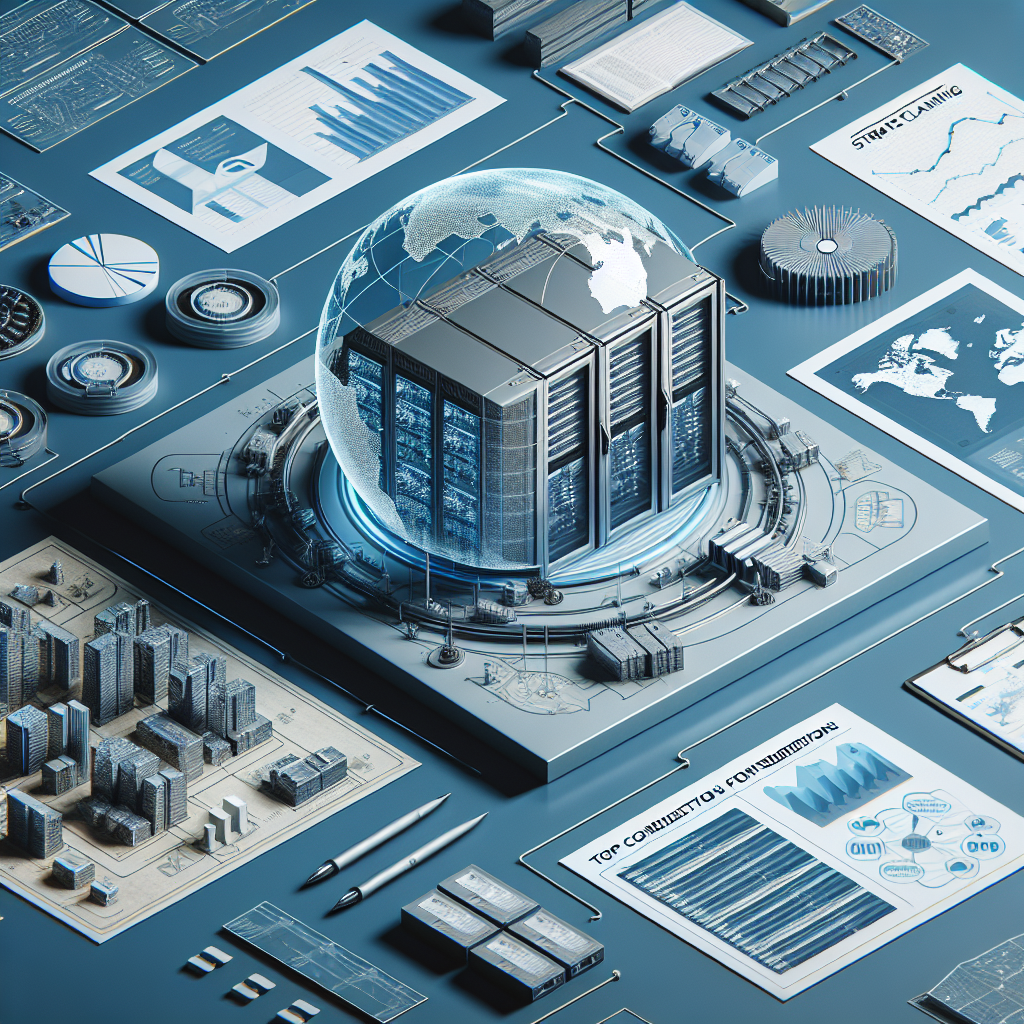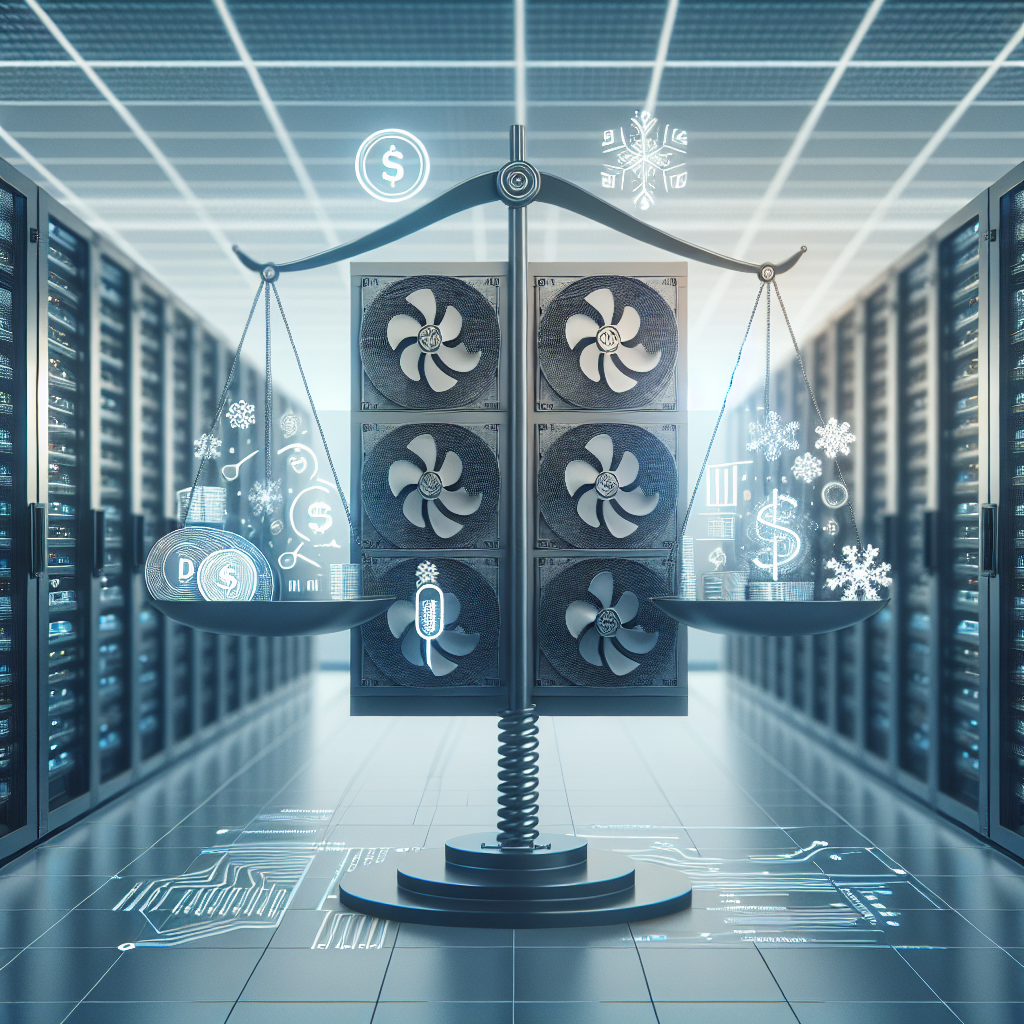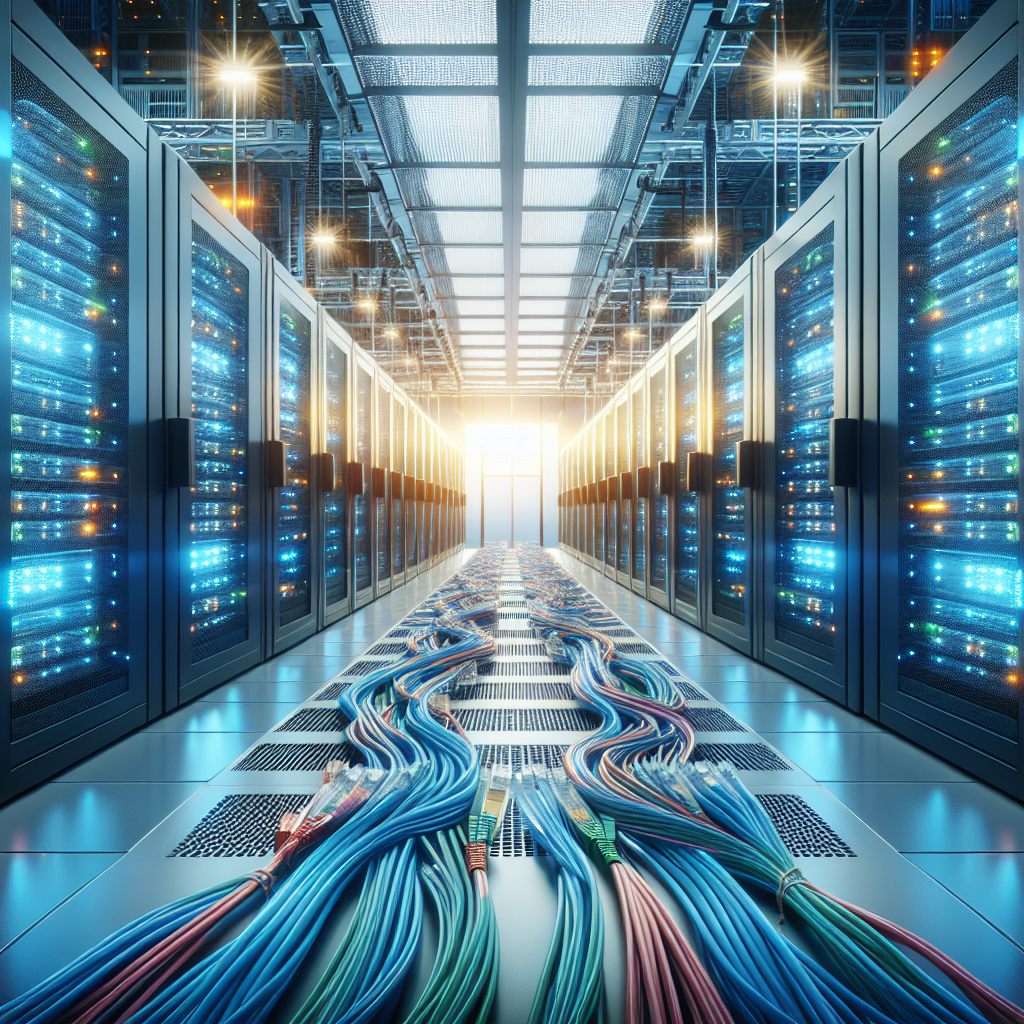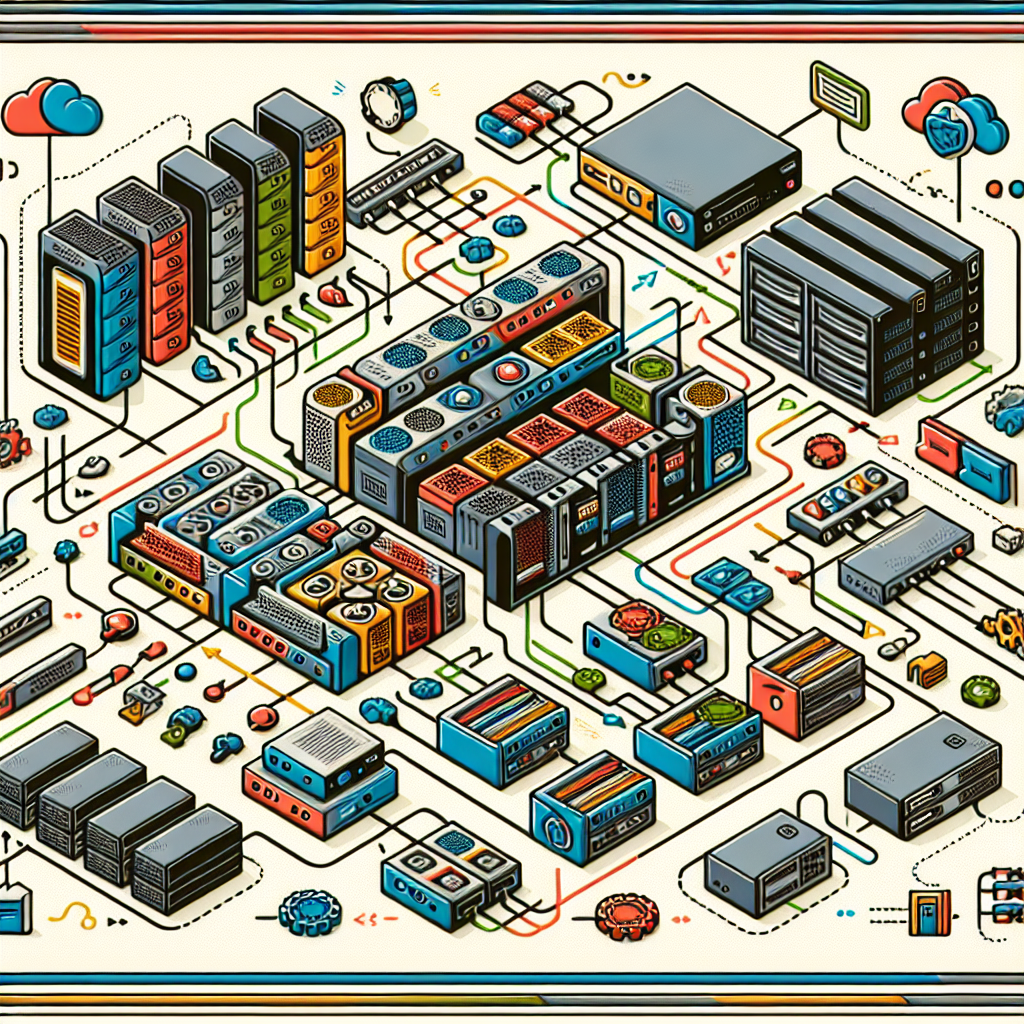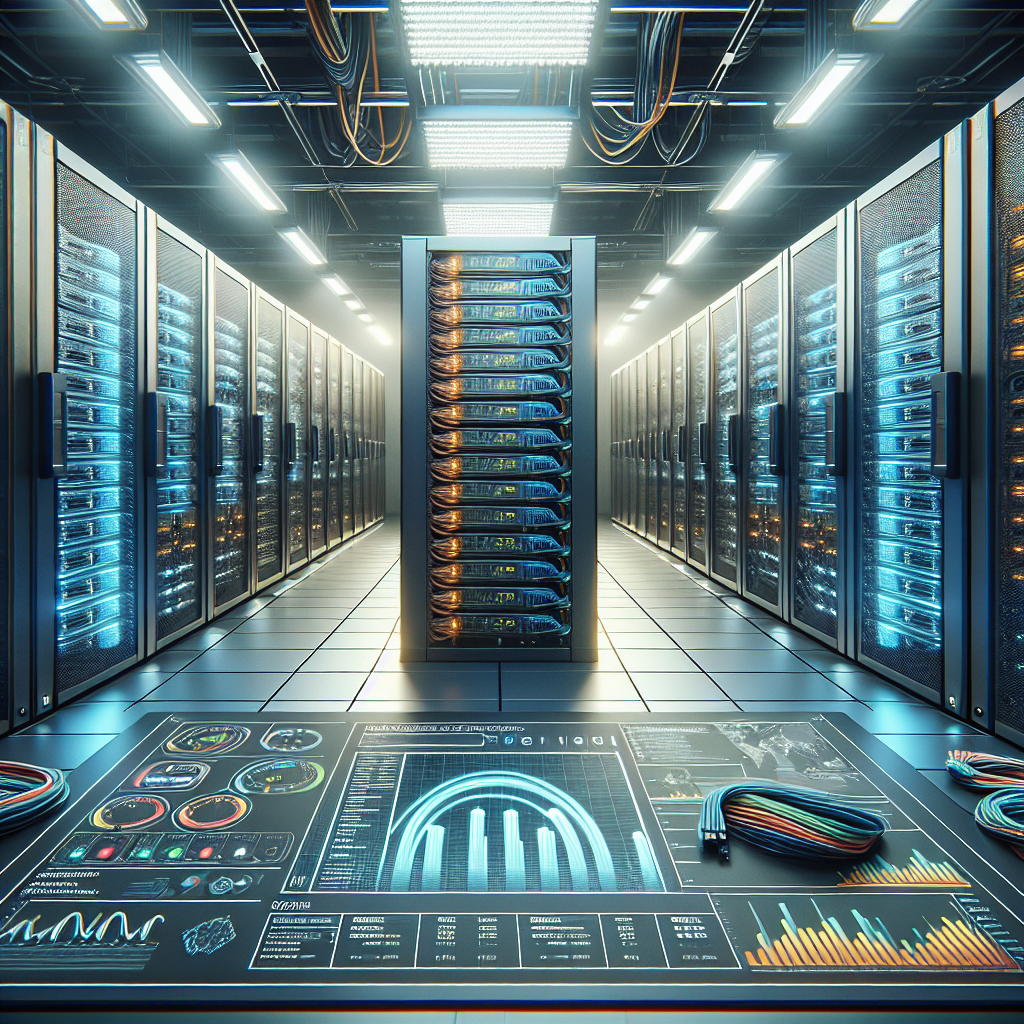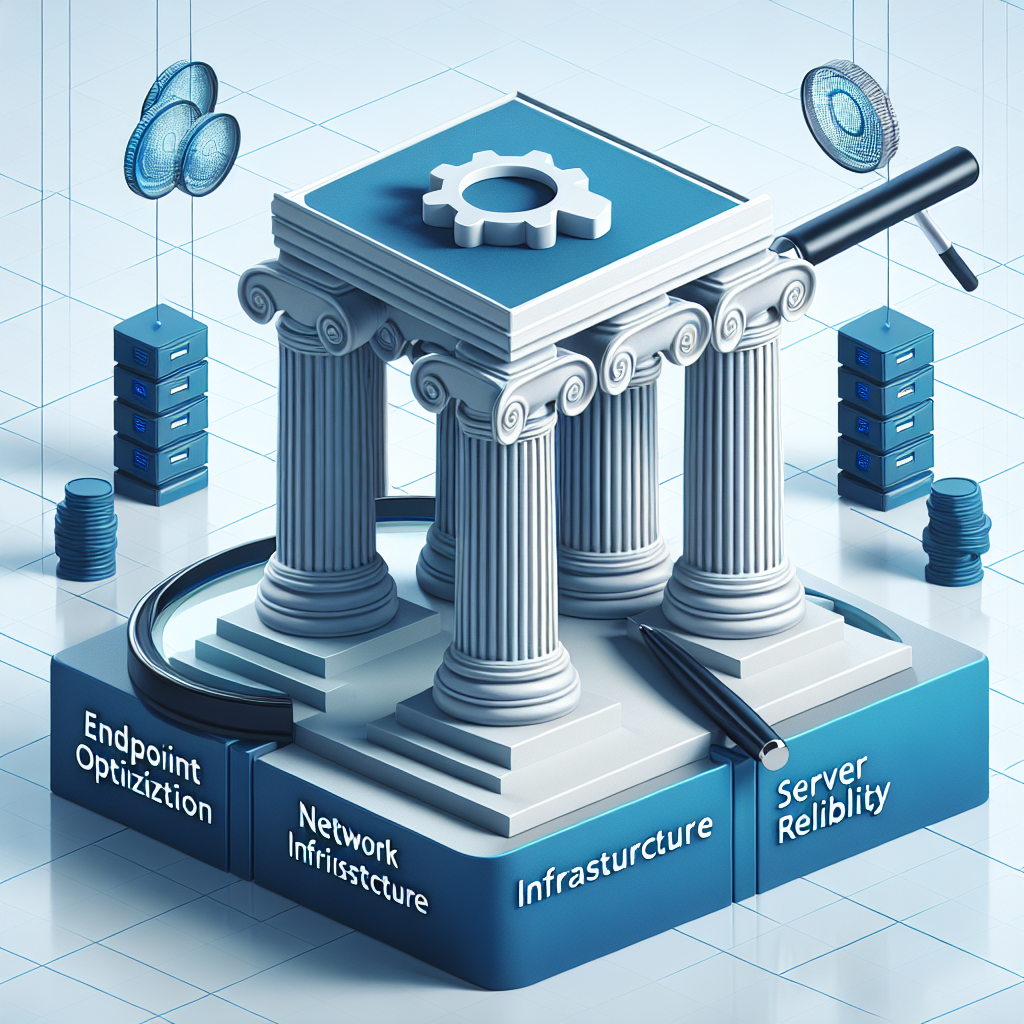A data center is the heart of any organization, responsible for storing, processing, and managing critical business information and applications. One of the key components of a data center is its power distribution strategy, which ensures that the facility has the necessary power to function efficiently and reliably.
When it comes to selecting the right power distribution strategy for your data center, there are several key considerations that you should keep in mind. From the type of equipment you have to the level of redundancy required, here are some important factors to consider when choosing a power distribution strategy for your data center.
1. Equipment requirements: The first step in selecting a power distribution strategy for your data center is to assess the power requirements of your equipment. Different types of equipment may have different power needs, so it is important to understand the power demands of your servers, storage devices, networking equipment, and other devices before choosing a power distribution strategy.
2. Redundancy: Redundancy is essential in a data center to ensure that power is always available, even in the event of a power failure. When selecting a power distribution strategy, consider the level of redundancy required for your data center. This may include adding backup power sources, such as uninterruptible power supplies (UPS) or generators, to ensure continuous power availability.
3. Scalability: As your data center grows and evolves, your power distribution strategy should be able to scale to meet the increasing power demands of your facility. Make sure to select a power distribution strategy that is flexible and can easily accommodate future growth and expansion.
4. Energy efficiency: Energy efficiency is becoming increasingly important in data centers, not only to reduce operating costs but also to minimize environmental impact. When selecting a power distribution strategy, consider options that can help improve energy efficiency, such as using energy-efficient power distribution units (PDUs) or implementing power management software.
5. Maintenance and monitoring: Proper maintenance and monitoring of your power distribution system are crucial to ensure the reliability and availability of power in your data center. When selecting a power distribution strategy, consider options that provide easy access for maintenance and monitoring, such as remote monitoring capabilities or modular power distribution units.
In conclusion, selecting the right power distribution strategy for your data center is a critical decision that can impact the efficiency, reliability, and scalability of your facility. By considering factors such as equipment requirements, redundancy, scalability, energy efficiency, and maintenance and monitoring capabilities, you can choose a power distribution strategy that meets the unique needs of your data center and helps ensure uninterrupted operation.


